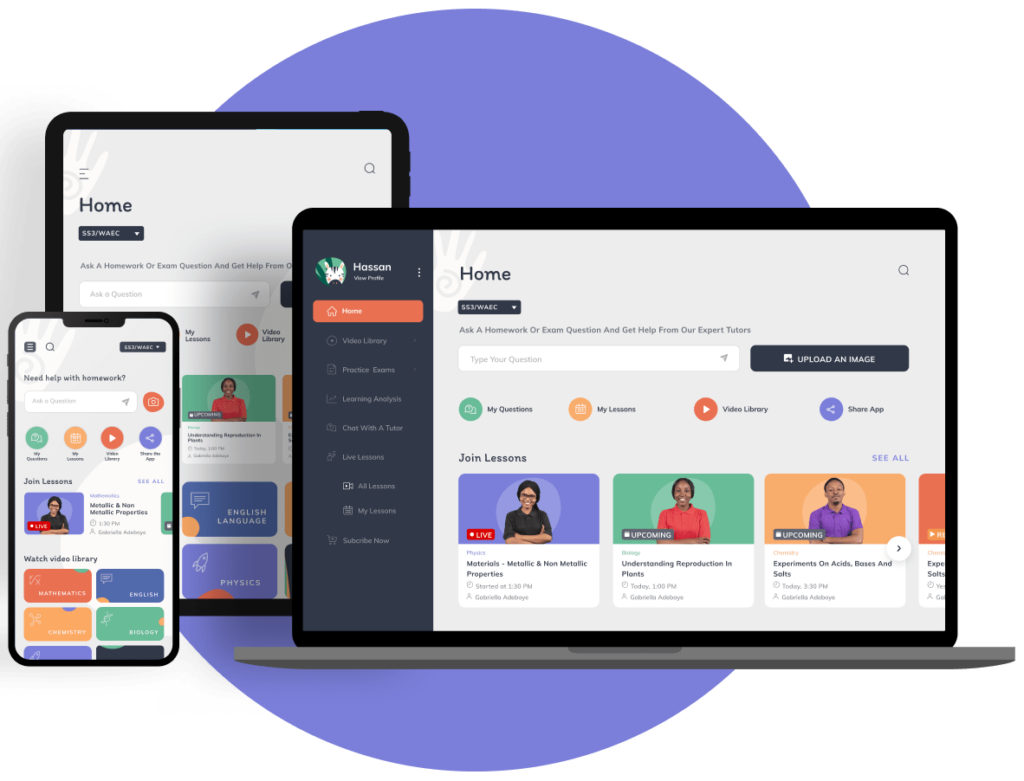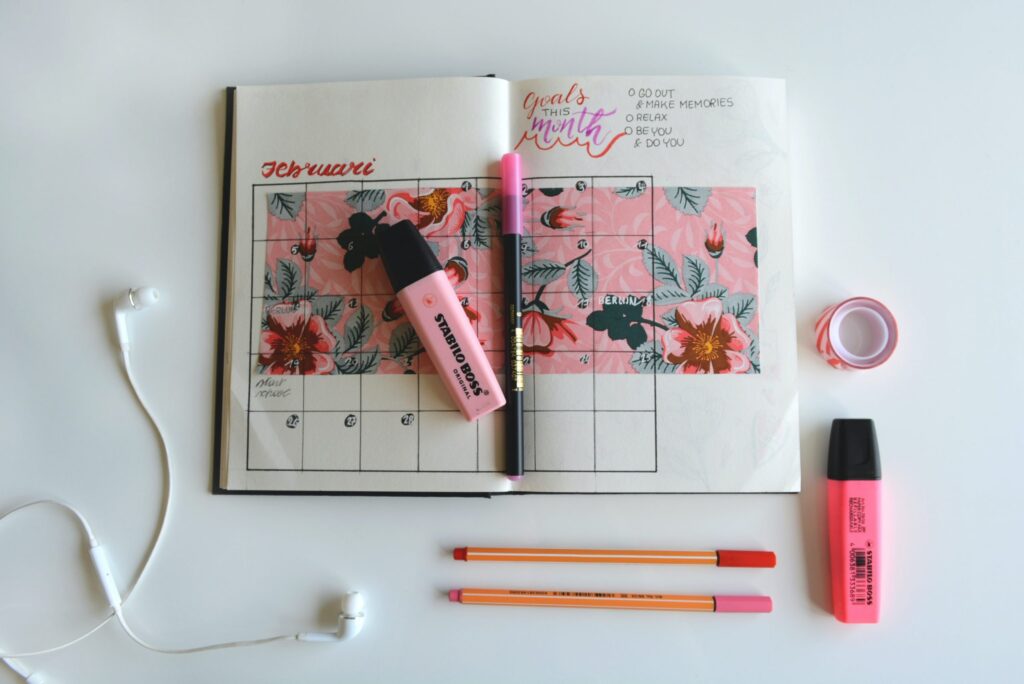Learning Styles
As parents and adults going about our day-to-day activities, we implement different strategies to tackle the different challenges we face. We do not apply a one size fits all approach. Which then begs the question, why do we try to apply the same when it comes to our child’s learning? Do we understand the concept of a unique learner? Do we know what learning styles are?
Every child is unique therefore their education should be also.
Jeannie Fulbright
Understanding how best your child learns is a huge part of helping them perform to his or her fullest ability. And that starts with finding out what type of learner your child is.
Every learner is unique which means no two learners are alike in abilities, interests and talents. So, how do you determine the type of learner your child is?
Ever heard of the VARK model? VARK is an acronym for the four core learning styles which are
Visual, Auditory, Reading & Writing, Kinesthetics. Quite a lot of learners have a combination of the styles but there’s always a primary one.
Visual Learners

Visual learners learn best when information is presented to them in a graphic way, such as arrows, charts, diagrams, symbols, and more.
- They usually excel at visual activities (such as art)
- They enjoy reading books that are colorfully illustrated with maps, pictures, etc.
- They prefer watching video learning materials.
- They do best when provided with a visual representation of an example of the task he or she is to work on.
How to Teach a Visual Learner
When explaining a concept to them, include visual cues such as flash cards, video resources, graphs. Encourage them to doodle and make mind maps to aid retention.

Auditory Learners
This group of learners are sometimes referred to as “aural” learners meaning that their learning is attached to what they hear. Auditory learners would opt for knowledge that is presented to them verbally.
- These learners may enjoy reading aloud to themselves.
- They excel at auditory activities such as music.
- You can find them frequently singing, humming, or talking when playing or doing schoolwork.
- They enjoy talking and having conversations with others.
- You may find them actively nodding along to what is being said by their teachers instead of taking notes.

How to Teach an Auditory Learner
Support your teaching with auditory learning materials such as tapes and recording, engaging videos. Encourage them to verbally repeat what had just been learnt.
Reading and Writing Learners
These types of learners prefer written words, and are drawn to textbooks, novels, articles, journals, magazines, e-books and anything that is text-heavy.
- They can be found taking elaborate notes, referencing the dictionary to learn new words.
- They learn best when writing down instructions to follow for a task.
- These learners often work best alone in a quiet environment.
- He or she is great at remembering what they read.
How to Teach a Reading and Writing Learning Style Type
Support their learning with textbooks, research papers. Motivate them to keep reading and writing as well as jotting their ideas.
Kinesthetic Learners

This set of learners are “tactile” orientated, meaning they prefer to physically act out events or use all of their senses while learning. These learners are usually easy to spot as they find it hard sitting still for long periods.
- They excel at physical activities such as sports.
- Kinesthetic learners have a hard time sitting still while learning.
- These learners enjoy hands-on and active learning activities like drawing, sorting, etc.
- They usually jump straight into a task to get started
How to Teach a Kinesthetic Learning Style Type
Get them moving. Introduce movement focused activities in the classroom that has them moving around the class, get them to act out a concept, enrol them in dance and drama classes, encourage them to pick a sporting activity.

The uLesson app ensures it covers all learning styles thereby catering to all types of learners. This is evident in our richly animated, close-captioned, text centred, movement encouraging and auditory enhanced lessons. Don’t just take our word for it. Download and subscribe to the uLesson app to get started.




11 Comments
Facts about learning styles well absorbed. Thanks Ma’am. But I need a confirmation on this idea. ” Can concepts be in form of a song for the learners? If the topic is honesty, can you present the definition in a song for the learners?
Absolutely! Teaching creativity knows no bounds. Flip the classroom! Introduce different ways of teaching a concept to your learners, you never which child you’d reach with the creativity.
I’m sure some students will remember all you teach them about honesty because of the song. So, yes, give it a try and let me know how it goes.
I’m an auditory learner. I prefer things to be explained to me than reading because it helps me to understand what I’m reading
I’m glad you figured out your learning style. This is key to learning successfully and with ease. Well done!
[…] is very important and cannot be overemphasized. Learning styles are linked to your interest and attention span. How fast and how best you learn is linked to how […]
[…] – Live Lessons for an in-depth understanding of topics, Video Lessons that cater to all learning styles, Homework Help for learners who deal with homework anxiety or need further […]
[…] role of Drama in Education as a teaching method also ensures that student learning styles are matched to the appropriate teaching strategies, which in turn can lead to an increase in […]
[…] your memory would not be complete without this. This is particularly great for visual learners. Visual learners are stimulated by what they see; videos, charts, colours, etc. Many other learners can benefit greatly from visualizing the […]
With these , i think it is fit to say the learning styles of learners should determine the teaching method and also guide the choice of instructional materials to be used.
I will like to know more about science subject
Good day, Peace. Nice of you to drop by. The science subjects currently available in our Senior Secondary Library are Biology, Physics, and Chemistry.